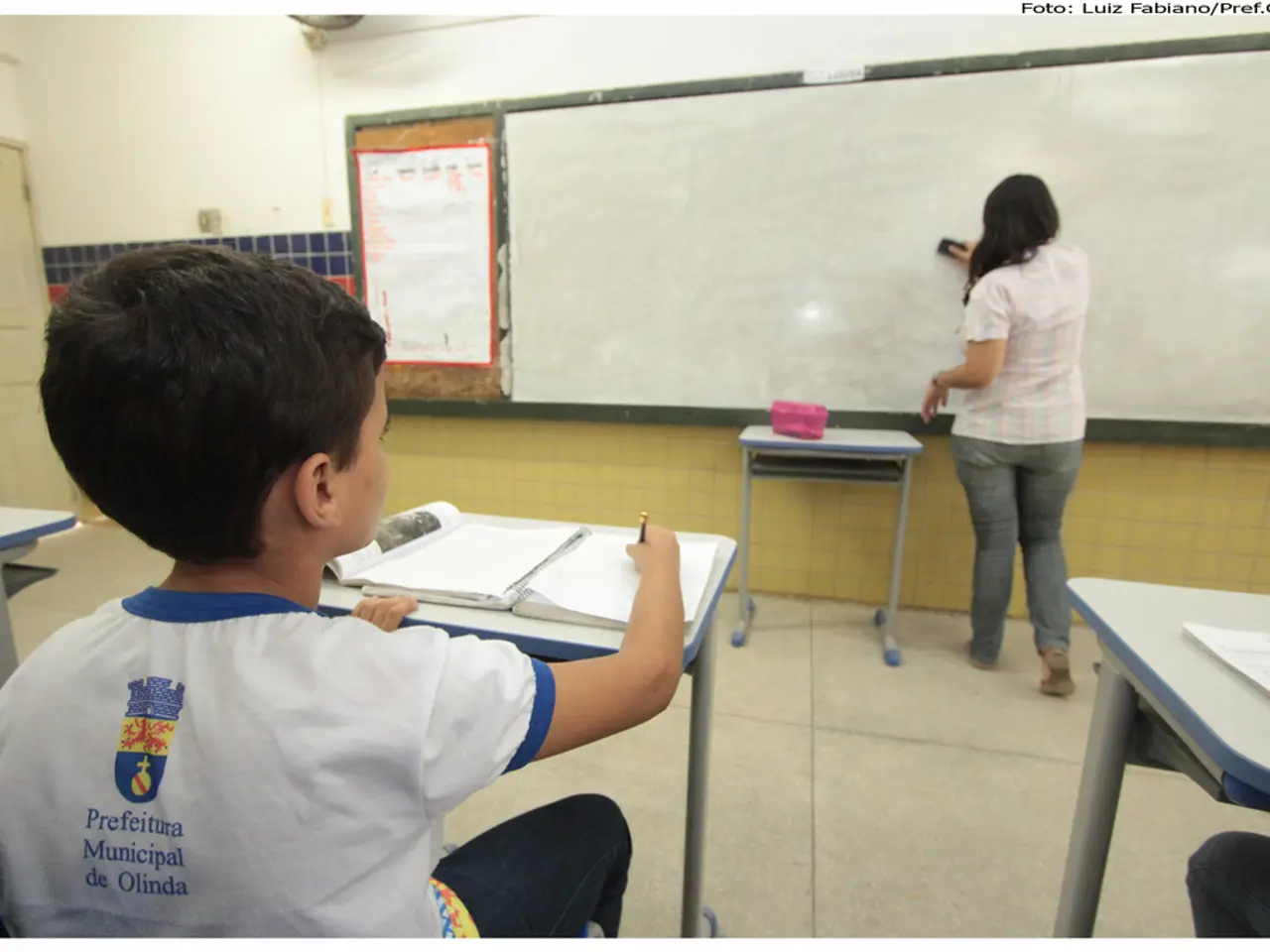Analyzing the World of Data and Statistics in Education Sector
Subtitle: Empowering Educators for Evidence-Based, Personalized Learning Approaches
Statistics and data analysis are revolutionizing the educational landscape, empowering educators to make informed decisions, foster active learning, and create personalized learning experiences.
Effective data analysis enables educators to track student progress, identify areas for improvement, and implement targeted strategies for success. By harnessing these techniques, educators can better understand student performance, curriculum effectiveness, and institutional strategies.
Active Learning Benefits
Embedding moments of active learning where students create and analyze their own data sets increases their engagement, confidence, and achievement in statistical concepts and data skills. This approach helps students go beyond mere data manipulation to advanced skills like research, data management, and communication about data.
Data-Driven Curriculum Design
Teachers with expertise in statistics and data science can create dynamic, interdisciplinary syllabi that accommodate diverse student backgrounds and ensure accessibility, bridging knowledge gaps in quantitative methods.
Use of Teaching Data Repositories
Access to curated teaching datasets and instructional guides from sources like Sage Data, Social Explorer, and ICPSR allows educators to provide students with practical data analysis experiences tailored to specific statistical methods, enhancing understanding and application.
Learning Analytics for Assessment
Integrating learning analytics—using data collected on students’ engagement, performance, and behaviors—has been shown to positively affect academic outcomes. Meta-analyses indicate a small-to-moderate positive effect size on student performance, with effectiveness depending on education level, learning environment, and type of intervention.
Real-World Application Focus
Teaching statistics via real-world problems contextualizes learning, making it more relevant and engaging, which can improve conceptual understanding and retention.
Understanding variability is crucial, which can be achieved through concepts like correlation and regression analysis. Inferential statistics extend insights from a sample to a broader population, helping educators draw conclusions about larger student groups based on limited data.
The growing emphasis on data-driven decision-making significantly influences educational strategies, leading to personalized learning experiences tailored to individual student needs.
Overcoming Challenges
However, challenges in implementing statistics and data analysis in education include the overall data literacy among educators. Empowering educators in statistics and data analysis is essential for fostering an environment of informed decision-making and continuous improvement in education.
The Impact of Technology
The integration of technology into statistics and data analysis is transforming educational environments, making data interpretation more accessible. Cloud computing facilitates collaborative analysis, enabling educators to work together across distances while sharing insights efficiently.
The impact of technology extends to predictive analytics, which aids in forecasting student performance and tailoring educational strategies. Interpreting data results allows educators to derive meaningful insights from collected data, guiding teaching strategies and assessments.
Informing Decision-Making
Statistics and data analysis provide insights that inform decision-making processes in educational settings. Numerous educational institutions have successfully implemented statistics and data analysis to enhance learning outcomes.
Despite resource limitations, such as insufficient funding for statistical software and tools, inadequate training for educators, and inadequate infrastructure, embracing statistics and data analysis can significantly enhance teaching methodologies and student performance assessment. By doing so, educators can design curricula that are data-driven, track student progress with precision, and foster students' confidence and competence in working with real-world data.
- To further enrich professional development, educators could delve into topics like data-and-cloud-computing and artificial-intelligence to comprehend how technology is revolutionizing education.
- As a part of their sustainability education, students can learn about sustainable-living and budgeting strategies, as these concepts are crucial for understanding and addressing real-world issues.
- To secure their personal and institutional data, cybersecurity training should be included in the ongoing professional development of educators to mitigate potential risks and protect sensitive information.
- Integrating personal-finance education into the home-and-garden curriculum could help students develop essential financial management skills, fostering informed lifestyle choices.
- By leveraging e-learning platforms, educators can more easily access instructional strategies for various subjects, including economics, which often involve dealing with statistical data and applications.
- As our society continues to embrace technology, understanding the role of data, variability, and inferential statistics becomes increasingly crucial for students' future success in a wide range of career paths.




